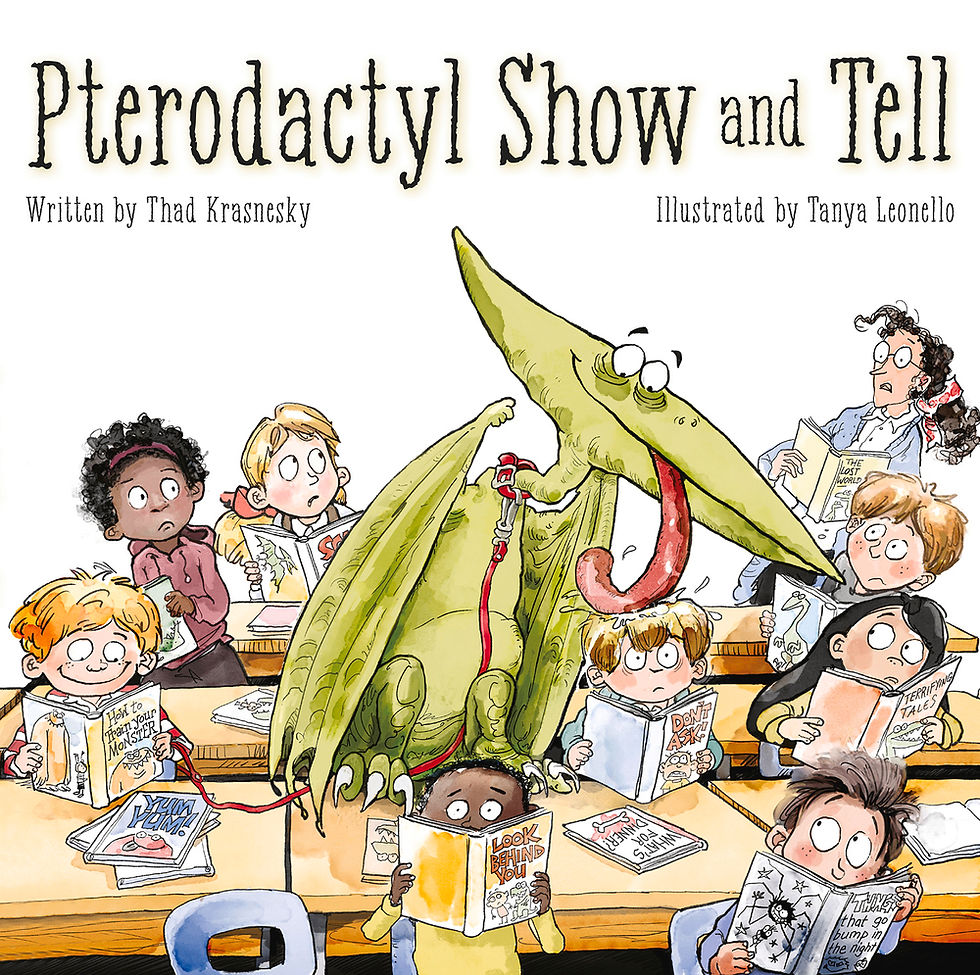Writing Tips for Children's Creators
- Gayle Krause

- Jun 9, 2024
- 3 min read
Updated: Jun 9, 2024
Sometimes new writers ask me questions about writing for kids and I have so much information to tell them, we can't fit it all in one meeting. So, last year I was on a children's authors' panel at Authorfest in Harrisonburg, VA and this past week one of the new writers that was there was also attending a writer's meeting I was at. I tried to share what information I could and I thought, why not share it also with my readers.
This is an exerpt from my panel discussion at Authorfest April 2023.

Panel: Character Creation1pm – 2pm
Character development is the process and execution of creating a fully rounded, complex, and lifelike character within your fictional writing with the purpose of making readers invested in them and their life or journey. Learn from other authors about character creation and development. What is their process? What do other authors take into consideration while creating characters? Listen to how to create believable fiction characters and construct scenes with emotional depth and range.
What is your approach to character development?
To do this, we must imagine our characters as real as our best friends. They should feel like humans to us. (No matter if they’re animals or aliens.)
Create a Character Card for Each Character
What is your first step in creating characters?
Names & descriptions.
What is the most enjoyable part of the process for you? What is the most challenging?
Writing the actual story – most enjoyable
Most challenging is getting the story accepted for publication with a reputable publisher.
Do you have more difficulty with certain types of characters than others?
Though I can write boy POV in picture books and MG, in YA, I can only write girl POV.
Do you always like all your characters?
Yes. I like all my characters, even the villains. Sometimes I write them so bad, that when they get their just desserts, it makes me laugh.
When creating the background for characters, how much detail do you find yourself getting into?
Lots. You can’t start writing the character unless you understand their motivations for the actions they take.
How character relates to plot, setting, and voice
If writing MG, the character’s voice must be age appropriate. If writing YA, te voice must be at a higher level, probably more sarcastic, but not always.
How to develop complex and intriguing characters
Start with a character archetype. ...
The Hero – Katness Everdeen - Harry Potter
Hero drives the story.
Hero is on screen or page the most, and the audience should empathize with them.
The reader roots for the hero to achieve his/her goal, fears for his/her safety and rejoices in his/her success.
The hero must have an internal goal, and some internal conflict.
The Nemesis – The character that stands in the way of the hero achieving his or her goal.
Most often a villain but doesn’t have to be.
Nemeses are usually powerful and formidable, as this makes the struggle against them more thrilling.
The nemesis must be a specific character, although the reader doesn’t need to know who it is through the story.
The Ally – Peeta & Rue - Hermione & Ron
Add specific characteristics. ...
Build the backstory. ...
Give them quirks, faults, and flaws. ...
Give your character an arc. ...
Add visual references. ...
Organize & refine. ...
Create the rest of your characters.
How to use figurative language and physical description to convey emotion.
Describe emotions through body description.
How to write compelling, believable dialogue.
Read your dialogue out loud. If your dialogue sounds long-winded, too formal for your character, or the grammar is too perfect, then it’s probably unrealistic.
DON’T use empty words. Everything your character says should move your story forward.
Listen to conversations of people with similar backgrounds as your character. Listen how they use or misuse words, and how they string those words together.
DON’T make dialogue difficult to read, especially in children’s literature. Dialect is better understood heard rather than read.
Use dialogue for “showing” and not “telling”.
DON’T use long sentences. Break it into a sentence and a fragment—the way people talk.
Pay attention to dialogue tags. Try not to use them. A way to get around that is to make a statement about the character just before the line of dialogue.
Now, start writing…something and try to use one of these tips. It’s amazing how far you will go.
If you have a comment or a question, just drop me a line below, and I will answer you as soon as I can. Happy writing!





Comments